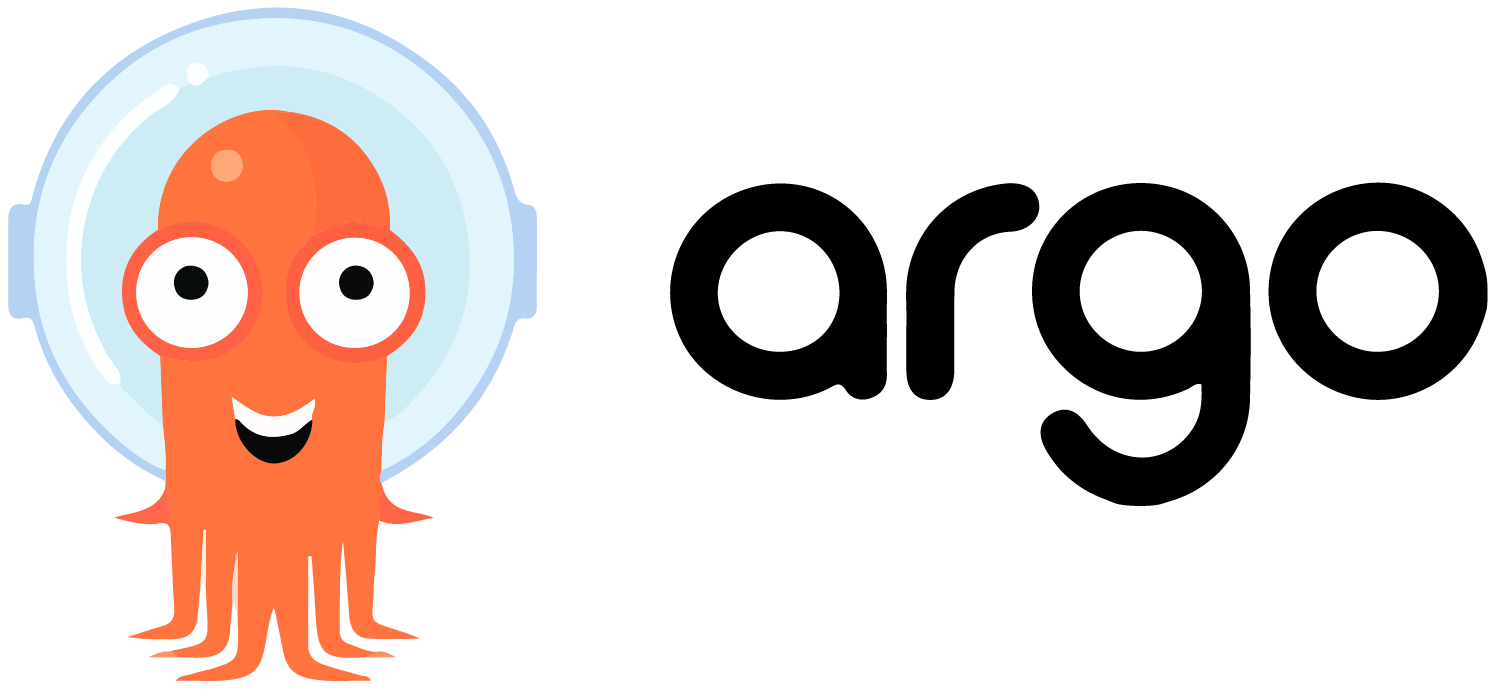Kafka Listeners
· ☕ 7 min read · ✍️ Brett Johnson
Kafka Listeners Kafka uses three settings to configure how client can connect to brokers within a cluster; lister.security.protocol.map, listeners and advertised.listeners. This page demonstrate how to configure Kafka to for different client connectivity scenarios.
Before looking at different scenarios, let’s go through how to configure Kafka listeners.
Configuring Listeners The listener configuration is a comma separated list that defines what interfaces, ports and associated security protocols Kafka will use to listen for client connections.







